Responsible Mining and the Path Forward
New Report Highlights Red Chris Mine’s Impacts and the Path to Responsible Mining in Northwest BC
Northwest BC is home to some of the last remaining strongholds of wild salmon. These fish are among the region’s most valuable natural resources, supporting communities, cultures, and economies, but they are also vulnerable to climate change and increasing development pressures. Decisions about development in these watersheds must reflect the values of the people who live there—healthy salmon, clean water, and thriving communities. As mining expands in the region, we must ensure it protects these shared values.
SkeenaWild Conservation Trust’s independent investigative report illuminates key environmental concerns related to mining in northwest BC. Longstanding issues at the Red Chris Mine, an open pit copper-gold mine in the Stikine watershed, serve as a cautionary tale for future mining projects in the province. The report dives deep into Red Chris’ historic monitoring data and reporting, accessed through Freedom of Information requests to the provincial government. This assessment provides a clear picture of how the BC Government can improve mining regulations and policy to reduce unacceptable risks to fish, their habitat, and the people who depend on them.
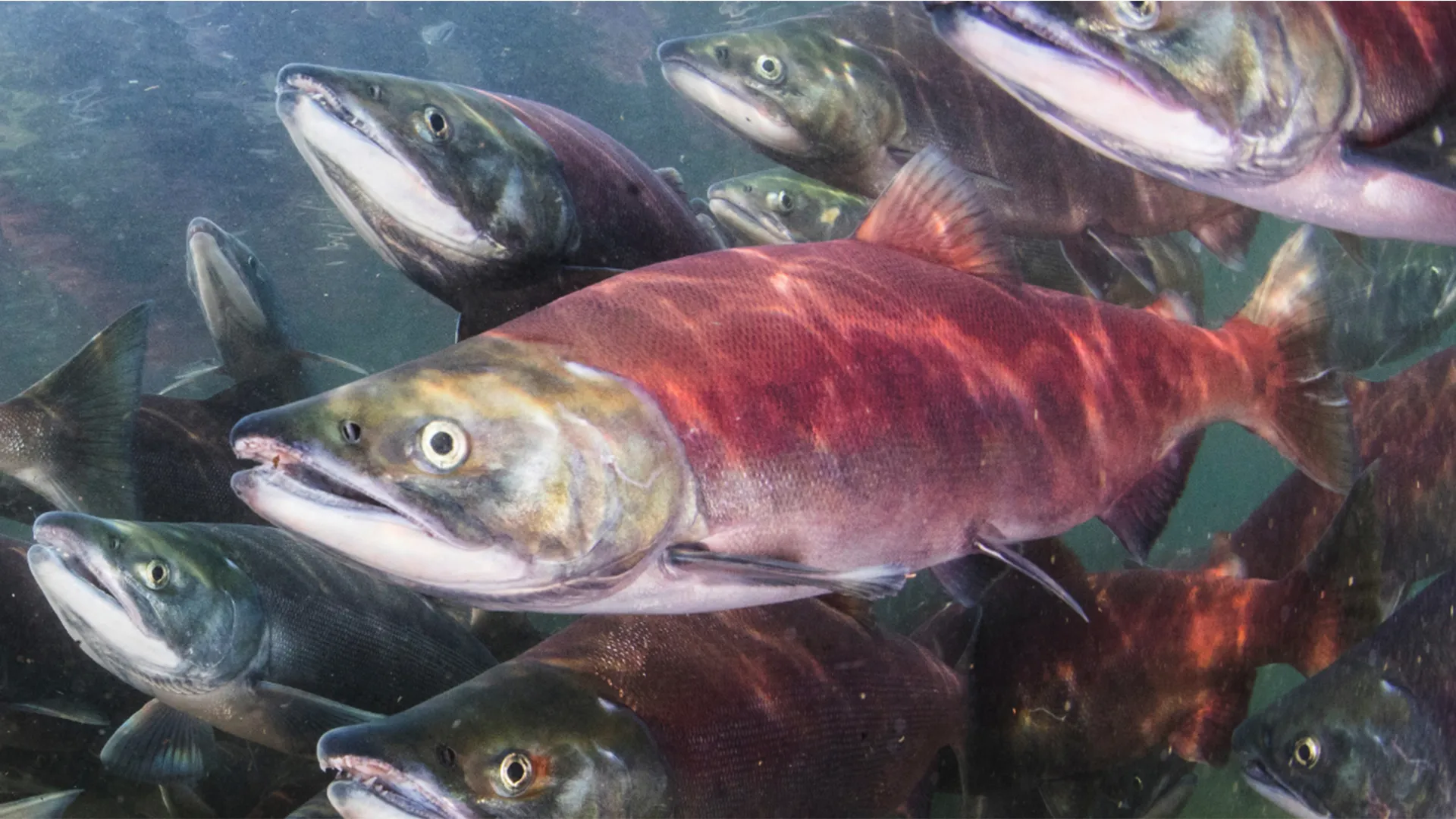
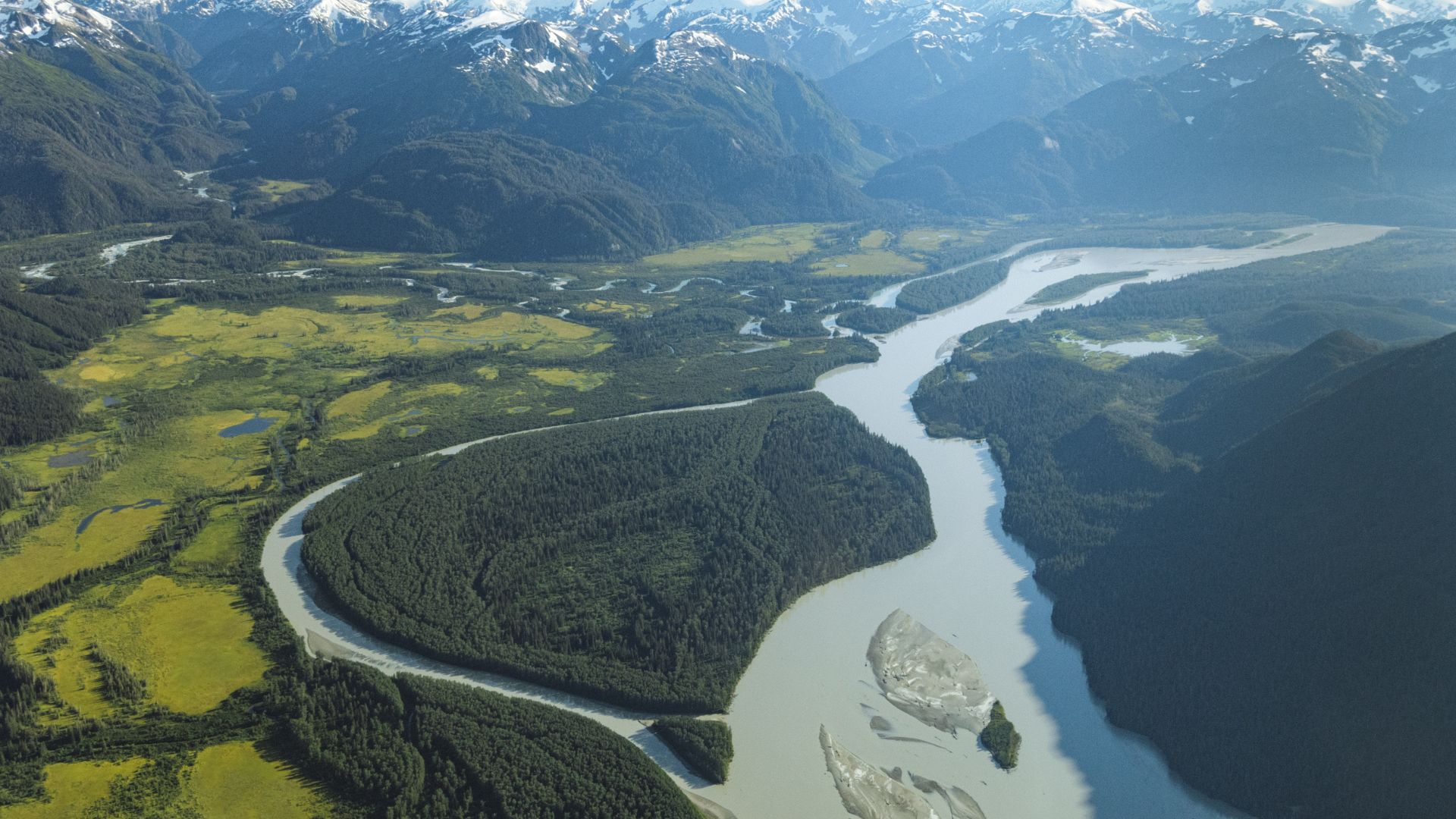
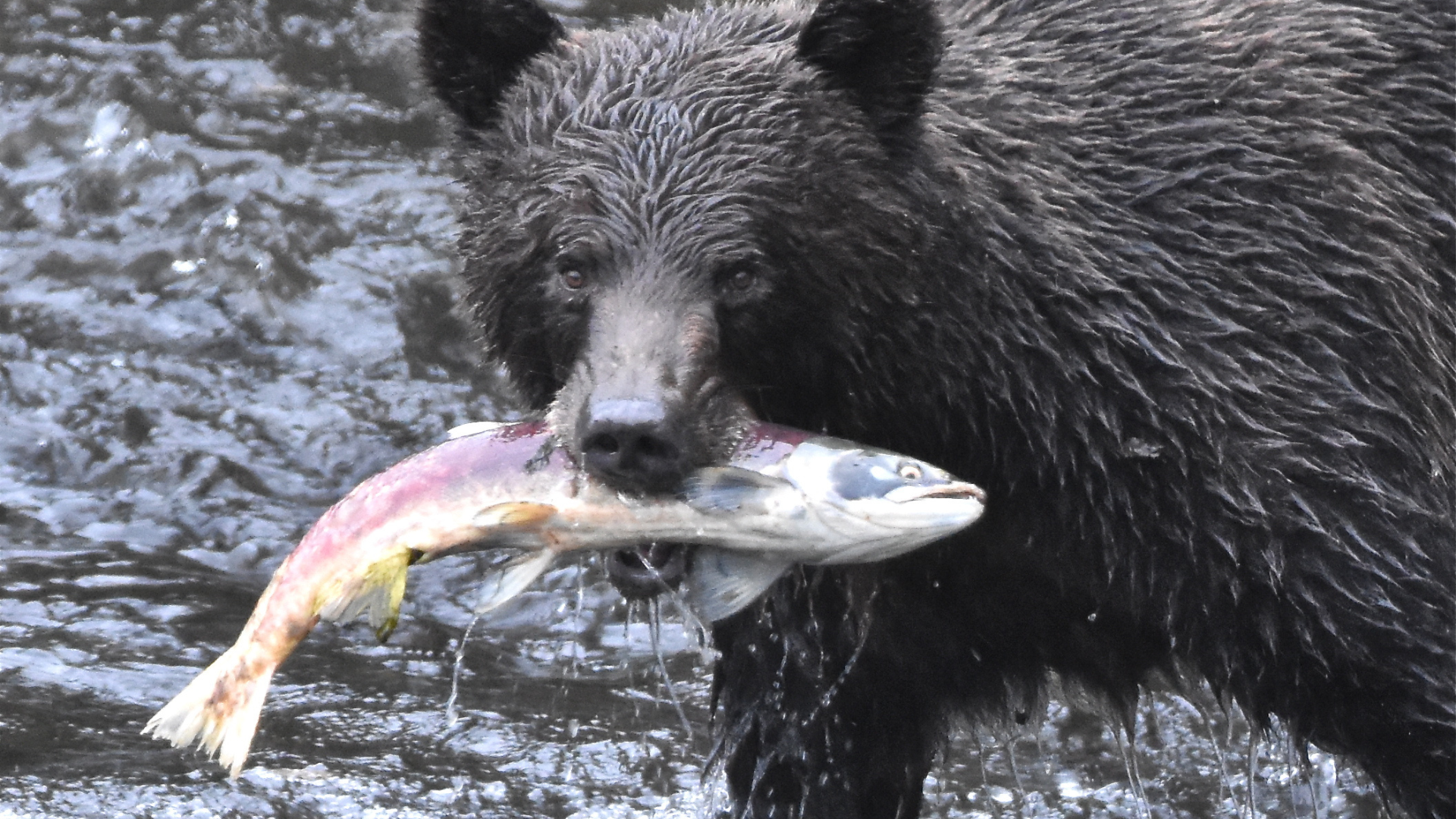

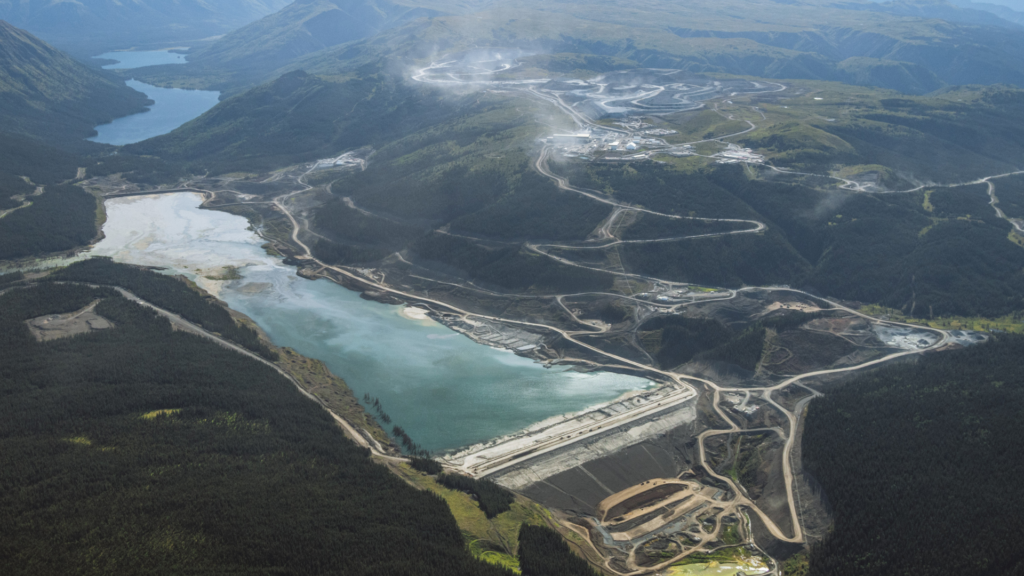
Key Findings
• Water Contamination:
Seepage from Red Chris Mine waste has led to increasing concentrations of toxins like selenium and copper in nearby creeks and lakes. These substances can affect aquatic life, including fish and the communities that rely on them.
• Tailings Management:
The Red Chris tailings facility has faced several challenges that could make a dam failure more likely. Increased safety measures and emergency preparations will be crucial for reducing risks to people, water, and fish habitats.
• Future Expansion:
The mine’s underground expansion is shifting toward more gold production, a non-critical mineral. While underground mining has fewer environmental impacts than open pit methods, Red Chris’ existing problems with pollution and tailings risks still must be addressed.
A Path Forward
A key learning from our assessment of Red Chris is that government mining oversight remains weak. Regulations fail to require companies to have adequate environmental monitoring or to prevent environmental effects, independent expert advice is often ignored, and the scope and scale of development neglects precautionary planning.
Newmont, the company that took over ownership after the time period covered by the report, has begun addressing key problems at the site under the leadership of the Tahltan Nation. While this is encouraging, improved BC regulation is required to avoid these problems at future mines.
Development and conservation are not opposing forces—stronger regulations and responsible precautionary planning can ensure that economic growth does not come at the expense of wild salmon, clean water, and public safety. Public transparency about mining risks and impacts and collaborative dialogue with industry and government is necessary, especially now that BC’s plan to fast-track the Red Chris Mine expansion and other mining development risks overlooking these important issues.
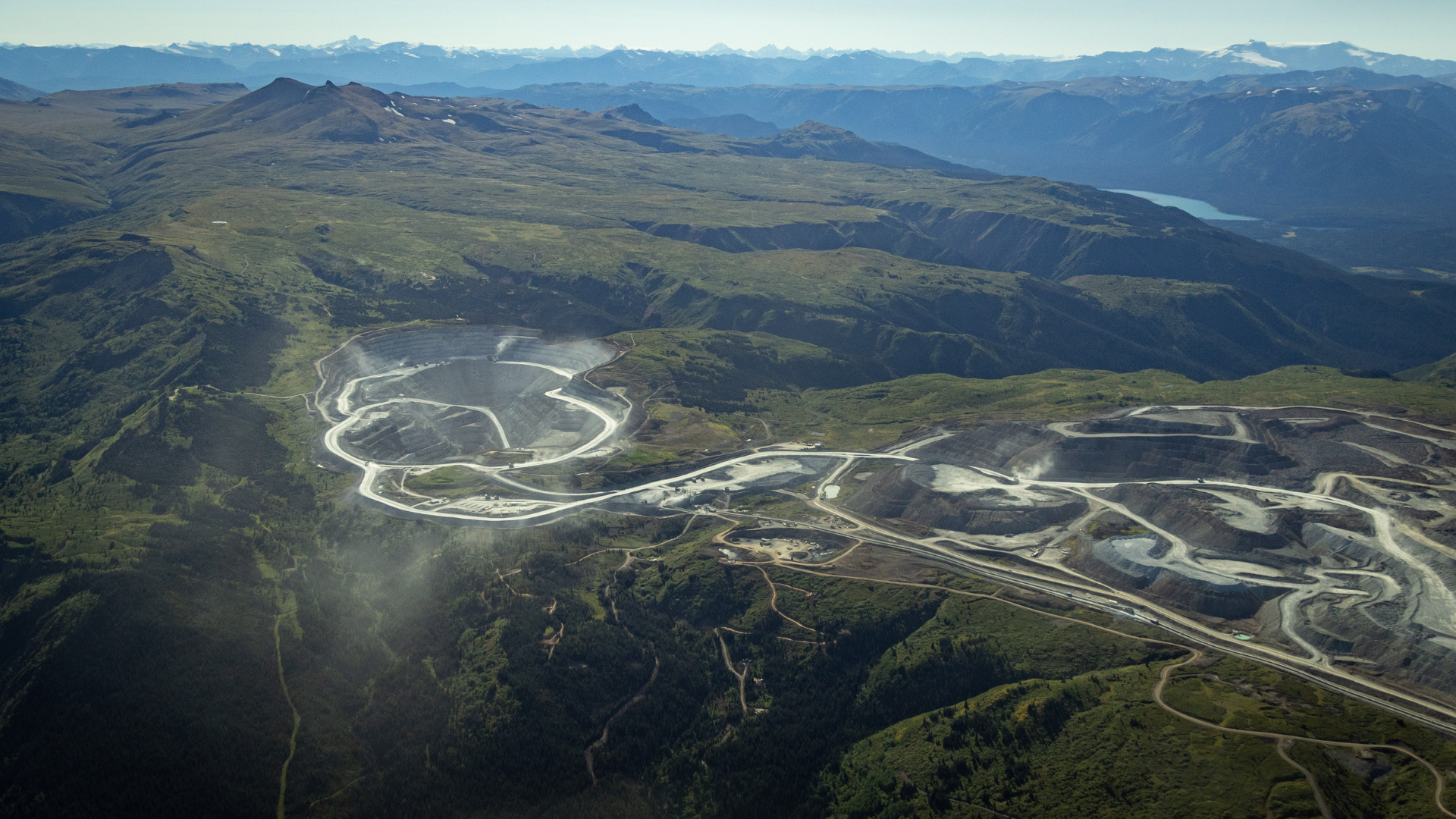
If the regulatory shortcomings that led to problems at Red Chris aren’t addressed, how can we trust that future mining in the region will be any different?
This report provides clear recommendations for improving mine planning, strengthening environmental safeguards, and ensuring that mining activities in northwest BC do not put wild salmon and fish, people, or the environment at unnecessary risk. By advocating for stronger regulations, increased transparency, and a commitment to protecting salmon, we can shape a future where mining and environmental values coexist.
Community Voices Matter
The choices we make now will shape the future of BC’s salmon watersheds for hundreds of years. Public feedback is essential to ensuring that mining projects reflect the priorities of those who live here.
With the proposed Red Chris expansion, we have an opportunity to ensure that it aligns with community values and the long-term sustainability of our region.
The public engagement period on the Red Chris Mine expansion is open until April 10, 2025.
Now is the time to ensure that decision-makers hear from those most affected.
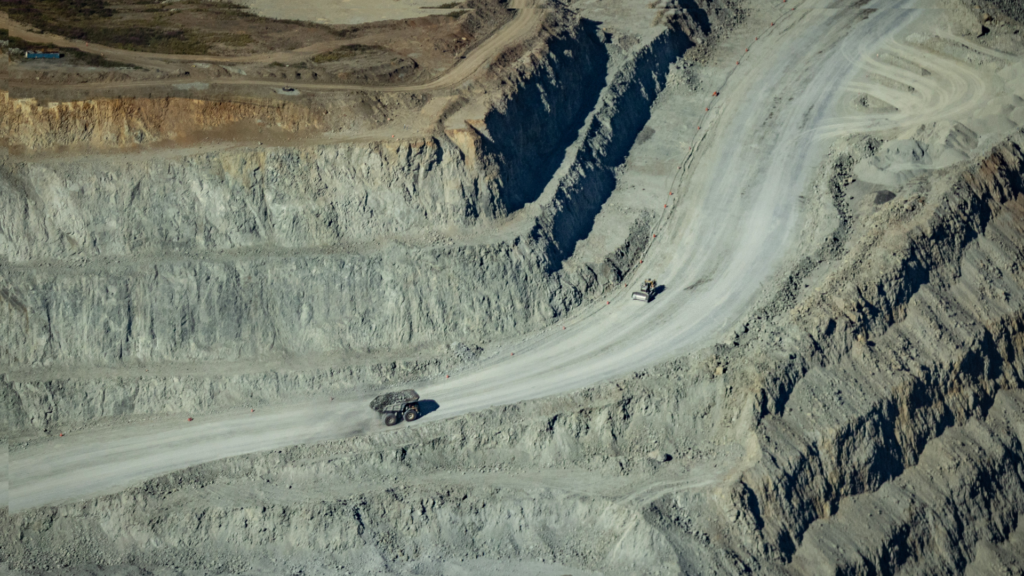
Take Action
1. Read the full report to learn more about how economic development and salmon can both thrive.
2. Have your say on Red Chris’ proposed expansion – the public comment period is open until April 10, 2025, at 11:59 PM PDT.
• Submit a public comment letter telling BC to address environmental risks at Red Chris Mine. Need help getting started? Use our email template:
Email addresses to send to:
David Grace, [email protected]
Jessica Warner, [email protected]
Or,
• Submit via the BC Environmental Assessment Office engagement portal:
Media contact
Adrienne Berchtold, Ecologist & Mining Impacts Researcher, Report Author
email: [email protected]
tel: 778-887-0634
Press Release
Report Summary
Press Package
Other News
-
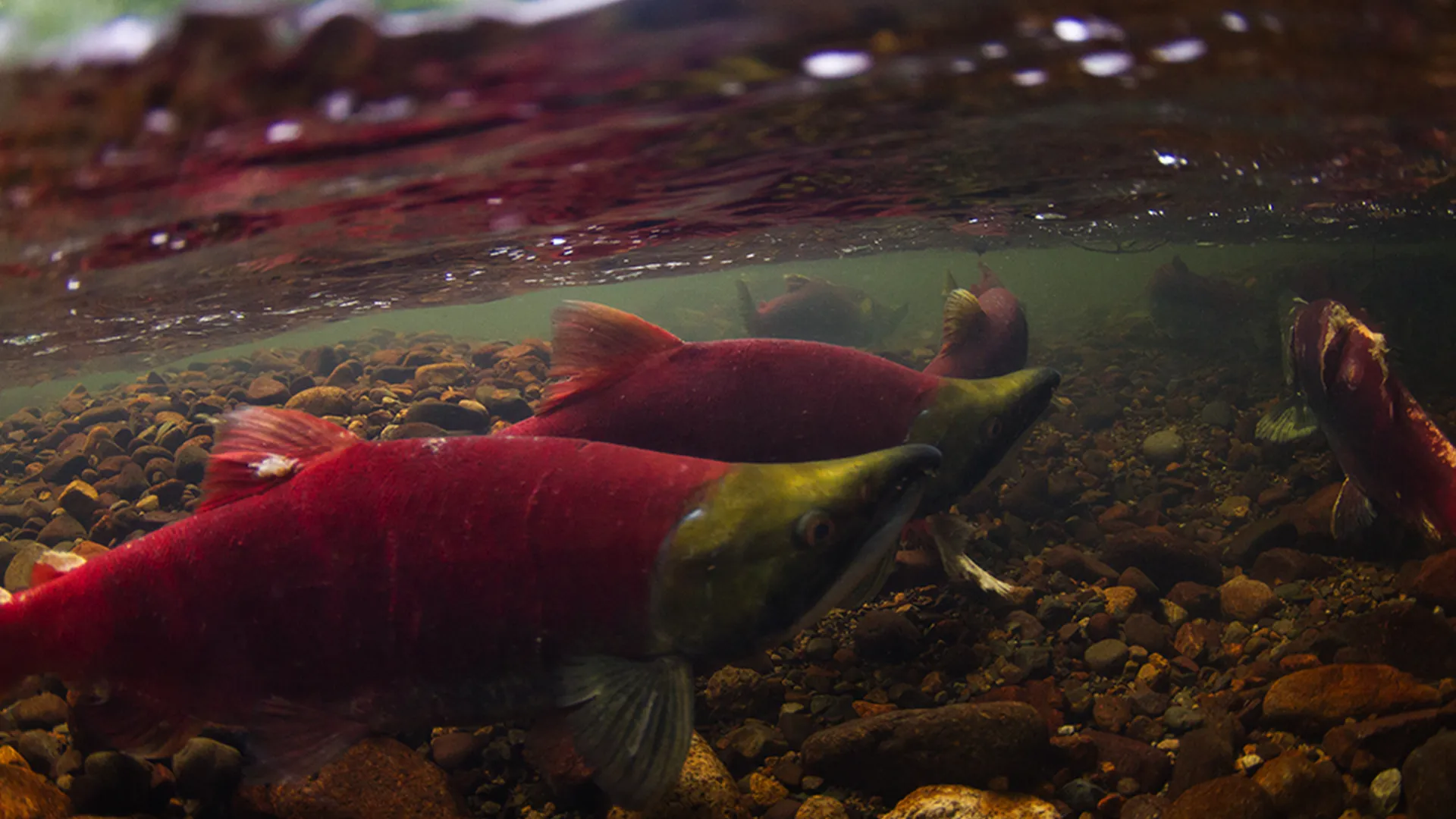
Federal government stops monitoring B.C. salmon runs at the height of the season
Federal government stops monitoring B.C. salmon runs at the height of the season Conservation groups demand urgent action from Ottawa to address “unprecedented management failure.”…
-

SkeenaWild Welcomes Nathan Meakes as New Assistant Director
SkeenaWild is pleased to welcome Nathan Meakes as our new Assistant Director. With a strong background in biology and years of fisheries advocacy, Nathan will…
-
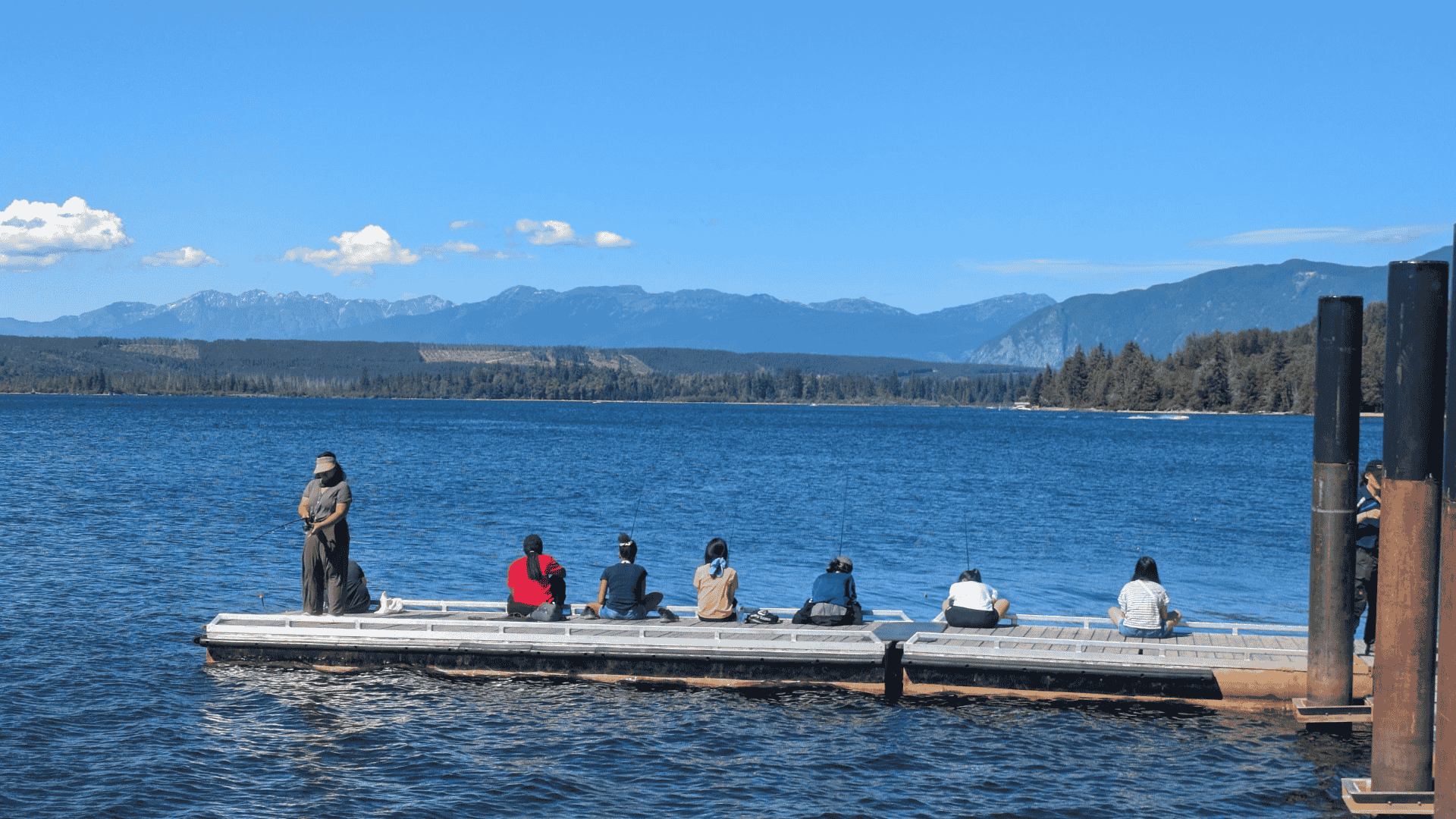
Summer 2025: SkeenaWild Salmon Education in Action
From camps to community events, SkeenaWild’s 2025 education programs inspired youth and families to learn, celebrate, and protect wild salmon.
-

Summer Series: Skeena & North Coast Fisheries Updates 2025
Our fisheries biologist, Kait Yehle gives us a pre-season Skeena and North Coast fisheries forecast and an environmental conditions report of what we might expect…
-

Federal government stops monitoring B.C. salmon runs at the height of the season
Federal government stops monitoring B.C. salmon runs at the height of the season Conservation groups demand urgent action from Ottawa to address “unprecedented management failure.”…
-

SkeenaWild Welcomes Nathan Meakes as New Assistant Director
SkeenaWild is pleased to welcome Nathan Meakes as our new Assistant Director. With a strong background in biology and years of fisheries advocacy, Nathan will…
-

Summer 2025: SkeenaWild Salmon Education in Action
From camps to community events, SkeenaWild’s 2025 education programs inspired youth and families to learn, celebrate, and protect wild salmon.
-

Summer Series: Skeena & North Coast Fisheries Updates 2025
Our fisheries biologist, Kait Yehle gives us a pre-season Skeena and North Coast fisheries forecast and an environmental conditions report of what we might expect…